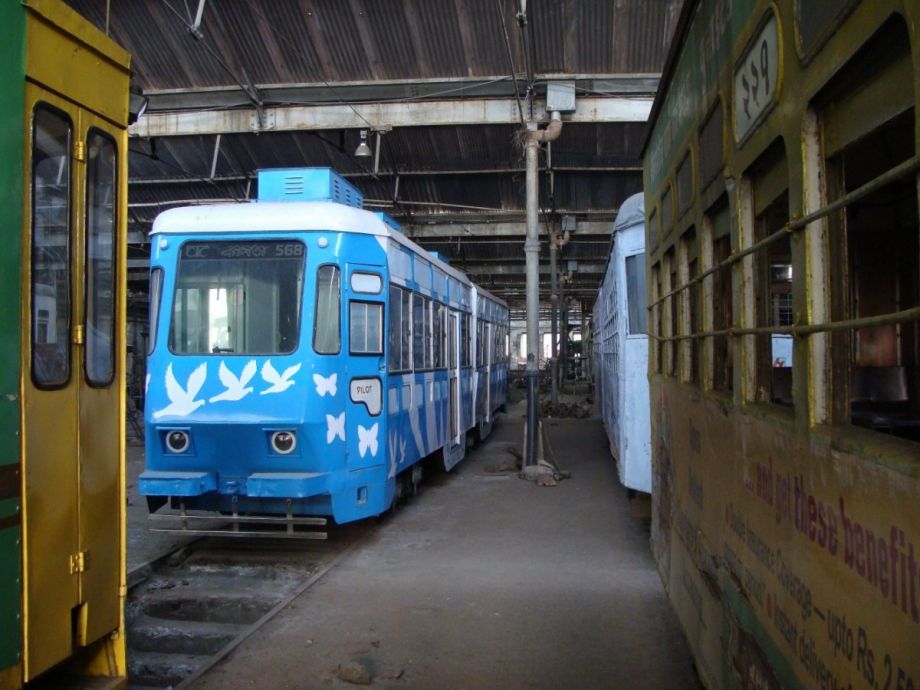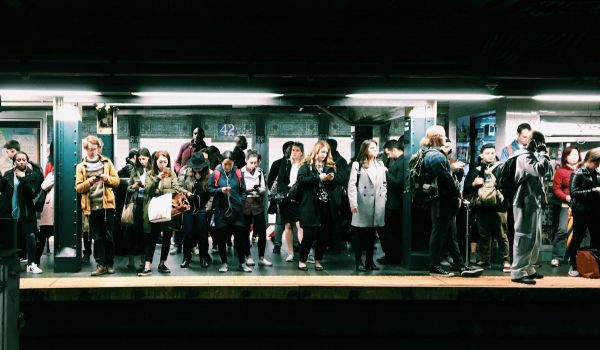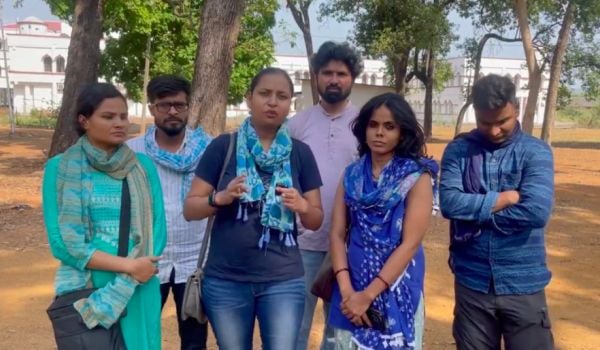On a sunny morning in October, a rainbow-colored tramcar adorned with floral decorations rolled out of a depot in south Kolkata to resume its route for the first time in seven years. And when it appeared, 55-year-old Hemant Kanoria, whose lifeline for transport in this overcrowded city remains the tram, sent out a silent prayer for the long life of the streetcars many Kolkatans still rely on – streetcars that once nearly vanished, but are now staging a comeback.
For decades, Kanoria has traveled to work on the trams, which plod slowly along the city’s roads and are often stranded for hours by power cuts. Slow and unreliable though they may be, Kanoria believes their cheap fares and zero emissions make them valuable to the city, and he’s wary that the authorities might junk them once and for all.
These tram cars were once all over Kolkata. Introduced in 1873 (when they were drawn by horses), the system provided affordable, environmentally sustainable transit to the city for over a century. But it fell into extreme neglect during the uninterrupted 34-year rule of a communist coalition in West Bengal, of which Kolkata is the capital. Today, the oldest tram car in the city is 75 years old, and the last new car was purchased 35 years ago.
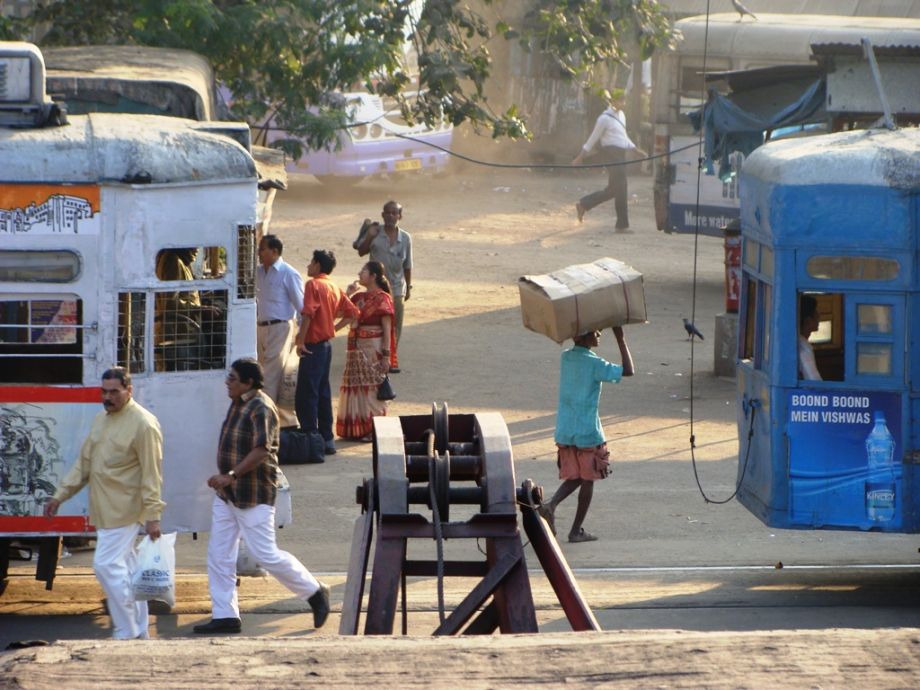
Cheaper than metro rail and less polluting than buses, advocates argue the trams hold many benefits for the city.
So in October, when service resumed on Route 29 after seven years, many commuters found themselves overjoyed that they could once again travel from Kalighat, known for a famous temple to the Hindu goddess Kali, to downtown Esplanade, the city center, for a mere six rupees (10 cents). The trams are the most affordable mode of transport in Kolkata, less than bus fare by one rupee.
India’s pollution watchdog, the Central Pollution Control Board (CPCB), said in its latest survey that the city has some of the worst air pollution in the country. The city also has earned the dubious distinction of having the highest rates of lung cancer in India. While some cities might see buses as a method to cut such pollution, in Kolkata much of the air pollution can in fact be traced to the city’s buses themselves, most of which are privately run and are often very old and in need of maintenance. (A handful of formal air-conditioned buses introduced by the government are few and far between). According to an Asian Development Bank study, 40 percent of the city’s vehicle-generated air pollution comes from the buses, followed by 32 percent from the auto rickshaws that roam the city on fixed routes. Overall, up to 70 percent of Kolkata’s asphyxiating air pollution comes from the vehicular traffic that jams its narrow streets.
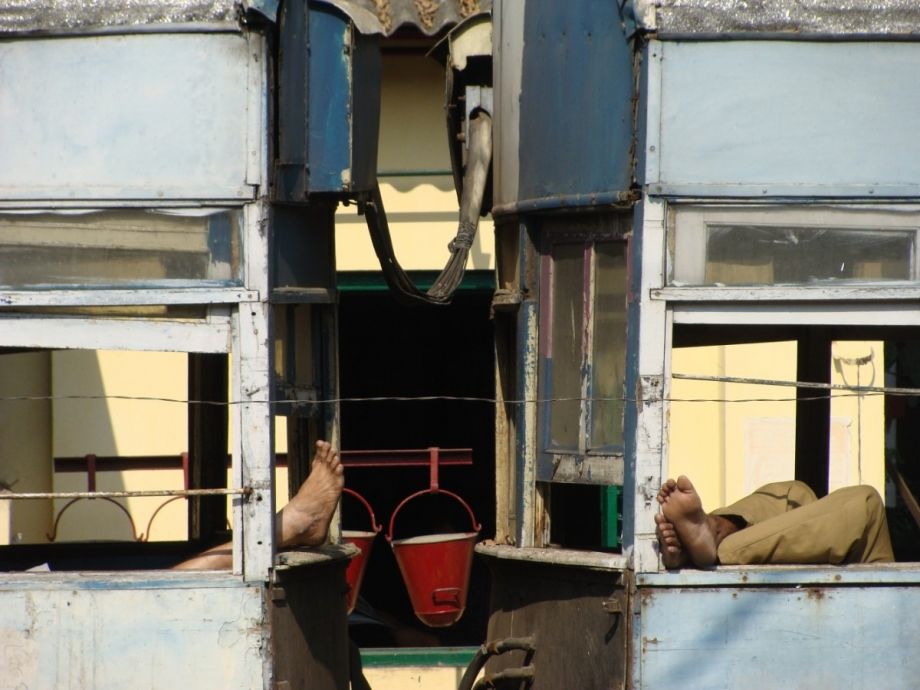
During communist rule, the tram system fell into disrepair. Here, workers take a nap in an abandoned tram car.
To implicate the buses isn’t to let private cars off the hook. As in virtually all Indian cities, the number of cars has soared in recent years, though there are still fewer than a million registered vehicles in greater Kolkata, less than Mumbai, Chennai or New Delhi. Only about eight percent of Kolkata residents use private cars, but 11 million travel on buses every working day. This dwarfs tram ridership, which accounts for only about one percent of the city’s daily commuters. But it wasn’t always so. As recently as the late 1970s, the trams were still the preferred mode of transportation. (The Kolkata Metro, which opened in 1984 and has been extended over three decades to cover a length of 28 kilometers, has a daily ridership of 600,000).
Advocates argue that Kolkata’s trams could once again bridge the gap between its buses, which pollute the air, and its metro rail infrastructure, which is expensive to build and maintain. Yet since the ’70s, the eco-friendly trams have been steadily turfed out, their dedicated elevated boulevards turned over to buses and cars. Many routes have been closed down too. And though tracks were re-laid in many of the concretized roads, the trams are more vulnerable to accidents and traffic since most now run right in the middle of the streets with no proper platforms for passengers to board safely.
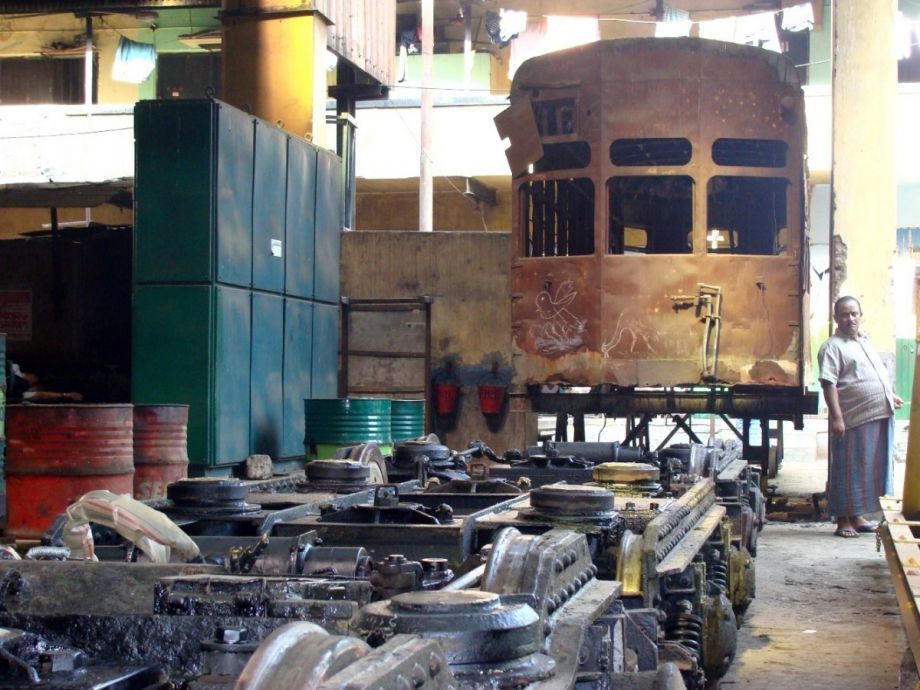
Tram cars are refurbished at Nonapukur depot.
Communist rule here ended in 2011, but reviving tram routes is still not the top priority of the current government. Step by step, however, the trams are growing their ridership once again. Calcutta Tramway Corporation (CTC) Chairman Shantilal Jain says the trams now carry 72,000 people per day, up from 30,000 two-and-a-half years back.
“It will go up to one lakh [100,000] by March next year when another old route between Ballygunge and Tollygunge in south Kolkata is opened,” says Jain. “We are also trying to increase the frequency of the trams from 15 to 20 minutes now, to 10 to 15 minutes. We now have our own power stations to run the trams and we can rush to repair and restore services fast when there is a power cut. Derailments are also few.”
Jain says the agency wants to extend service to Rajarhat, the fast-developing new township outside of Kolkata, and Bantala, an area on the eastern outskirts of the city. But not all tram advocates are convinced. “Ridership should be increased by increasing the frequency and making the major passenger-generating points safe and commuter friendly,” says Debasish Bhattacharya, a tram proponent and a senior scientist at the Kolkata-based CSIR – Indian Institute of Chemical Biology.
In other words, restoring routes is all well and good, but without the dedicated lanes they used to enjoy, the trams will have trouble competing with the city’s other modes of transportation. Bhattacharya even suspects that the government’s true goal is to kill the tram system by rendering it ineffective. “If ridership comes down, it will be easy for the government to say that trams are not viable and hence should be abolished from the streets.”
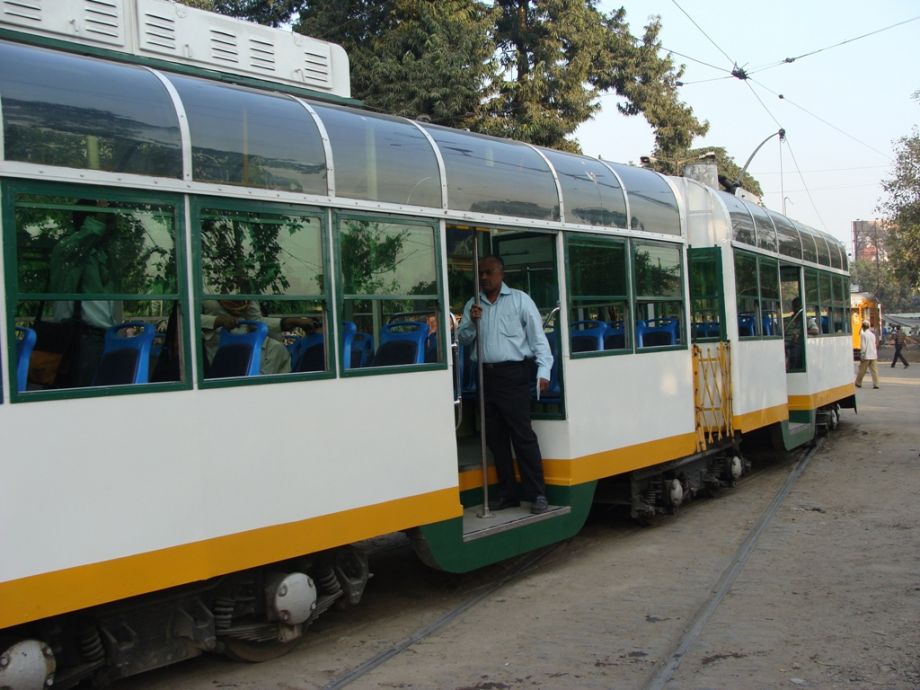
A refurbished tram trundles out of Esplanade depot.
He argues that while Kolkata builds costly highway flyovers and elevated metro railways, refurbished trams could solve the city’s transit woes more cheaply and with fewer displacements. The CTC already has the infrastructure in place to run the trams, and the Nonapukur workshop for trams in Kolkata is a unique factory in and of itself.
“I think the tram survived in Kolkata despite the apathy of the government because there is a genuine demand among people for its presence,” says Bhattacharya. “There is a cumulative effect of many things that kind of prevented the government from doing away with trams.”
Anecdotal evidence suggests he’s right. While trams have been sacrificed to buses and private cars, a deep well of affection for the old technology still exists. The Bollywood film industry, based in Mumbai, frequently comes to Kolkata to shoot in the trams. And people like Hemant Kanoria, who sent out the silent prayer for the trams, pine for the day when they’ll be returned to full service.
“There is nothing like a tram ride in Kolkata,” says Sushmita Mandal, a senior media professional whose office in downtown Esplanade is once again connected to her house by tram since the resumption of service on Route 29. “You feel you are with the DNA of the city known for its rich British heritage. I would love to travel to work by a tram any day, rather than jostling it out in a metro coach or a jam-packed bus.”
Photos by Sujoy Dhar


